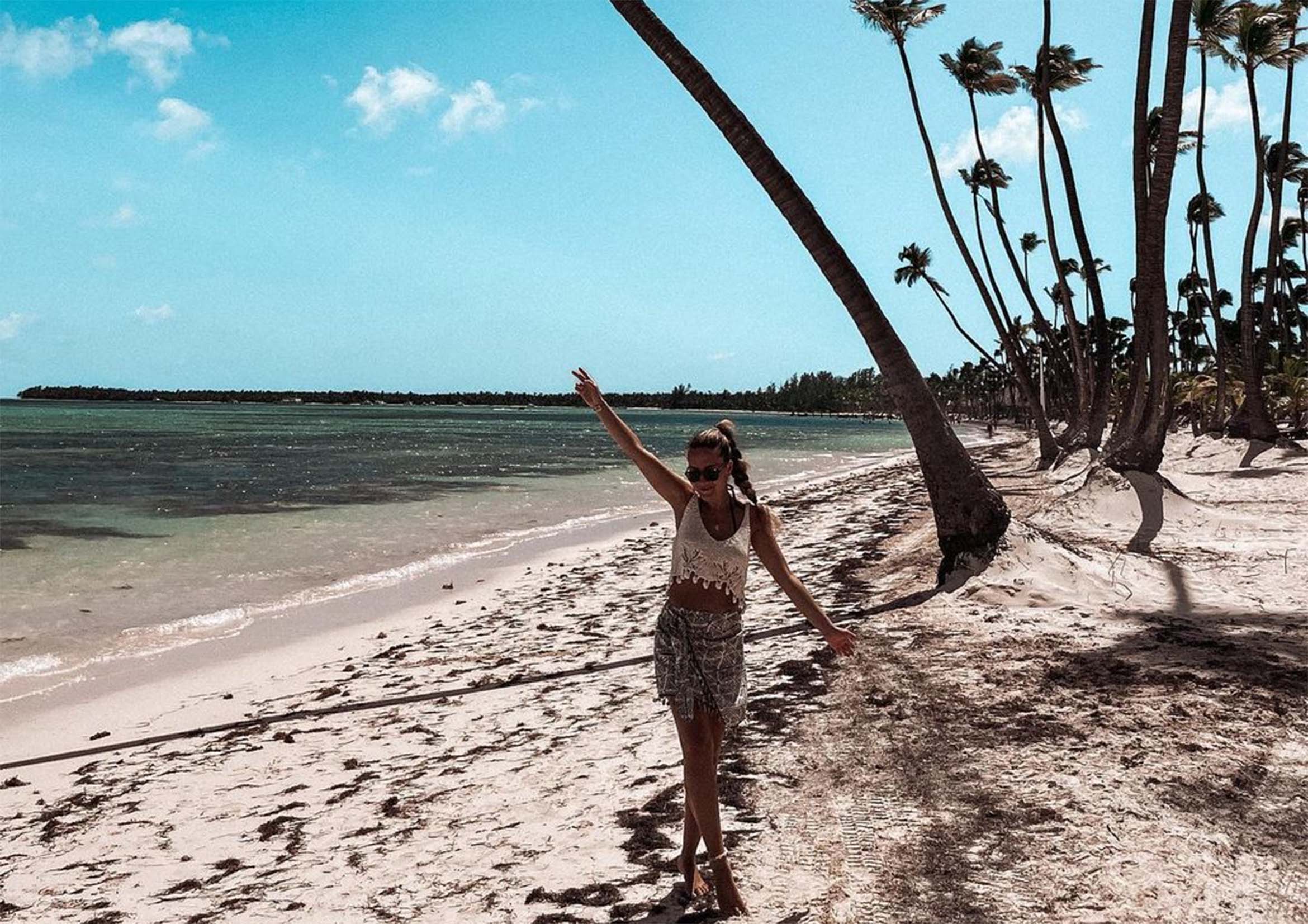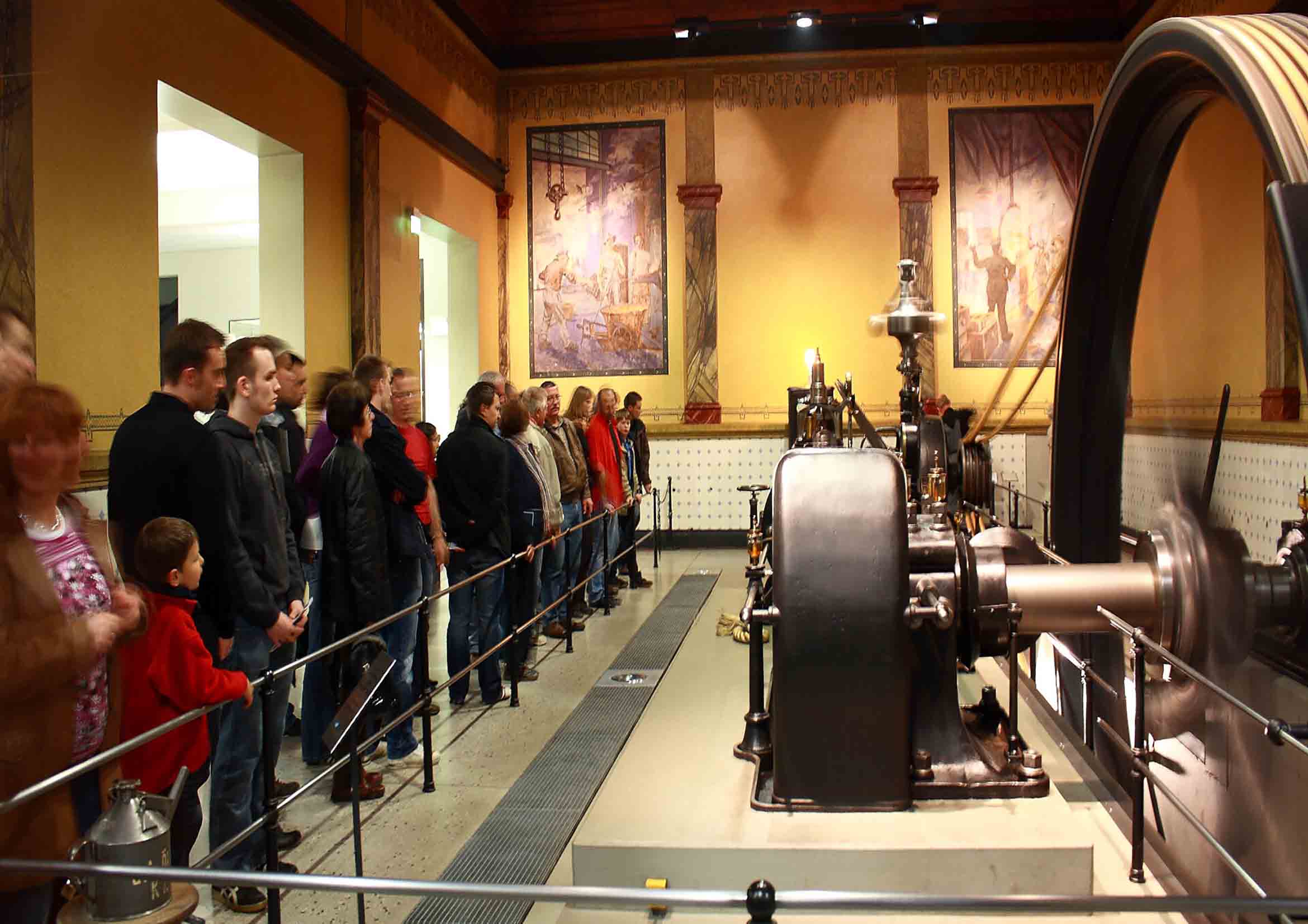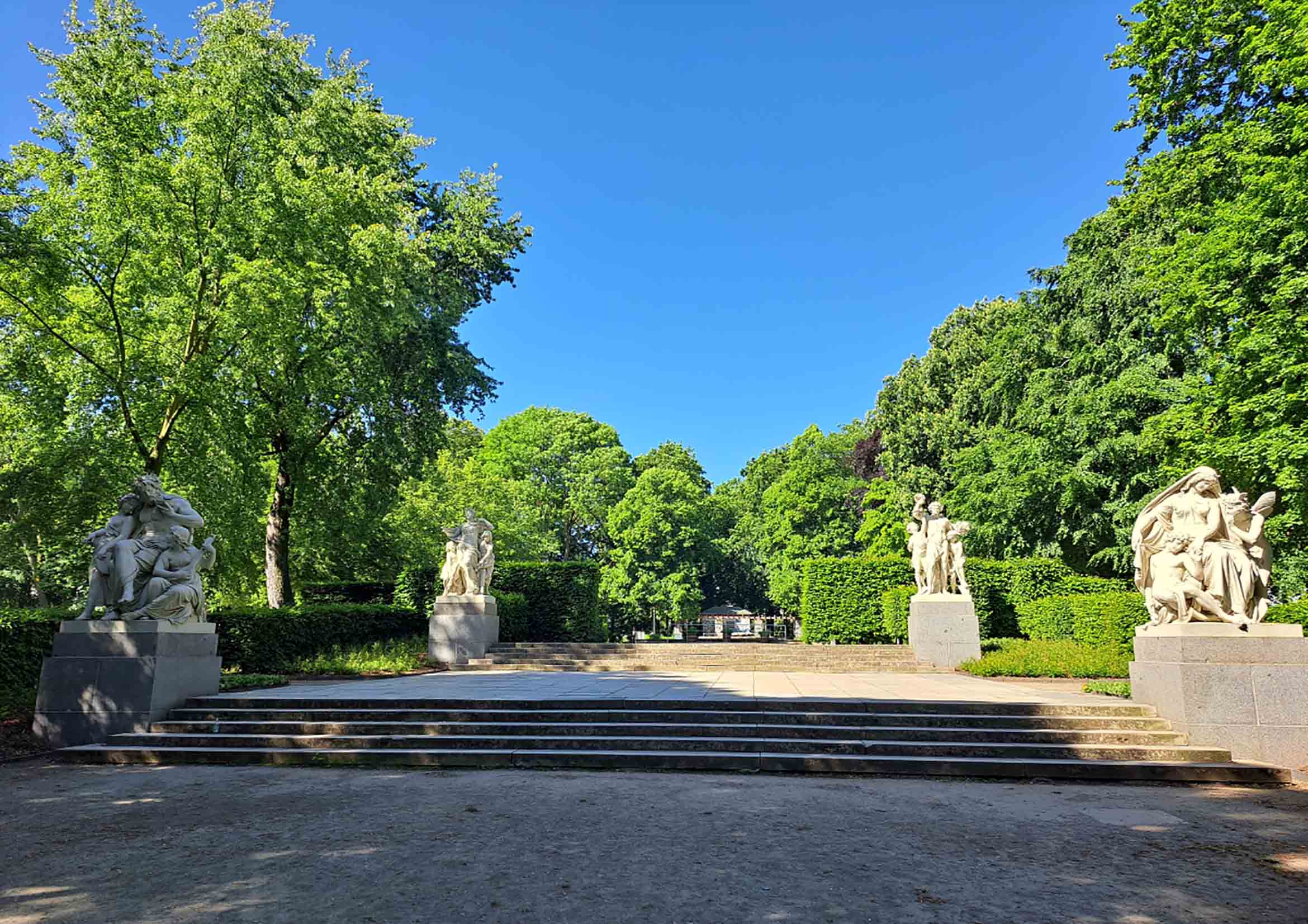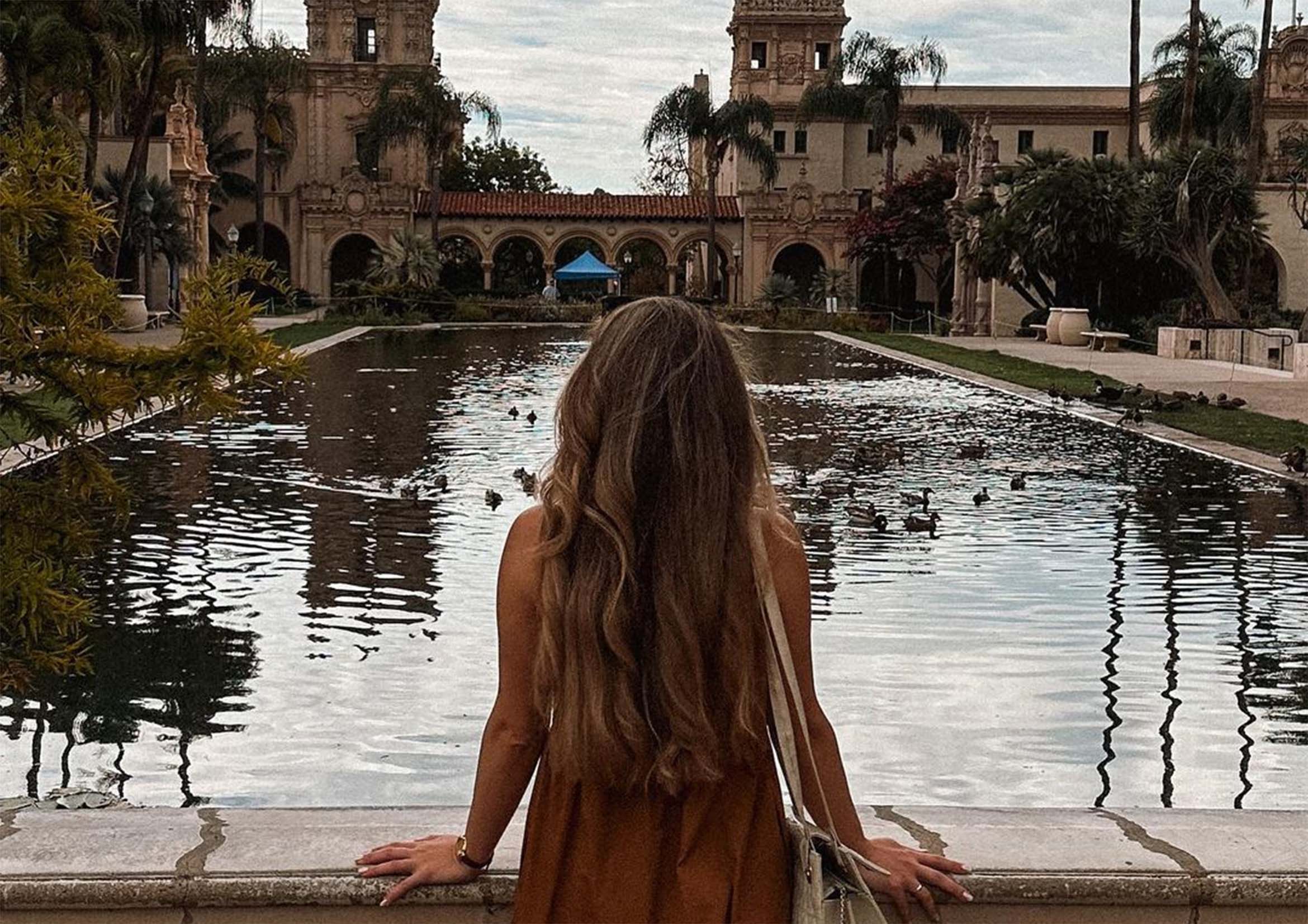Frankfurt, often seen as the financial hub of Germany, is a city that holds so much more than its sleek skyline of glass and steel. While the skyscrapers symbolize the city’s modern dynamism, there’s a rich and storied past waiting to be explored, hiding within its cobbled streets, ancient churches, and grand squares.
I’ll take you on a personal walk through time, guiding you through some of the most iconic and historic landmarks Frankfurt has to offer. These are places where history breathes and every corner has a story to tell.
Römerberg: The Heart of Historical Frankfurt
My journey began at Römerberg, the old town center of Frankfurt. As I stepped into the square, it felt like I had been transported back in time. The Römerberg, with its half-timbered houses and cobblestone streets, is perhaps one of the most picturesque places in Frankfurt. It’s hard to believe that much of it was destroyed during World War II and later reconstructed to look exactly as it did in the 14th century.
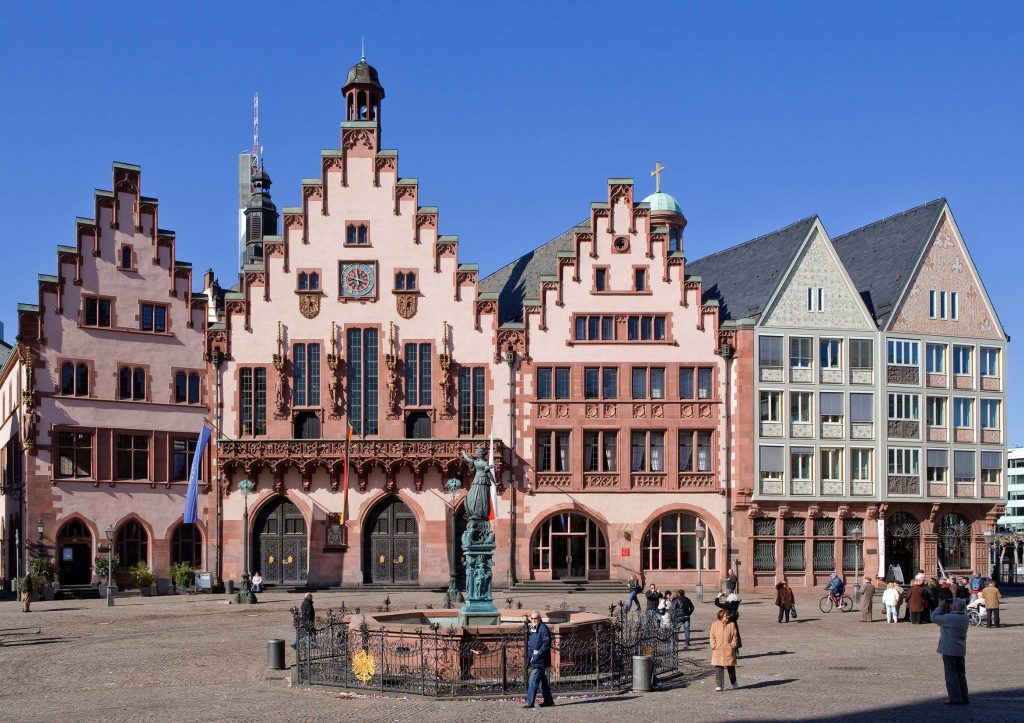
Standing at the heart of the square is the Römer, the medieval building that has served as Frankfurt’s city hall for over 600 years. With its gabled facade and the imperial eagle above the entrance, the Römer is a symbol of the city’s historic importance as a center of trade and politics. I took a tour of the Römer’s Kaisersaal (Emperor’s Hall), where emperors of the Holy Roman Empire were once crowned. Walking through this hall, adorned with portraits of 52 emperors, was a surreal experience. I could almost hear the echo of ceremonial footsteps and the buzz of political gatherings.
In the square, I found myself lost in thought as I admired the Fountain of Justice, with the lady of justice standing tall, holding her scales, as if still overseeing the city’s activities. From here, it was easy to see why this area has been the focal point of public life in Frankfurt for centuries, from markets and festivals to fairs and even coronation ceremonies.
St. Bartholomew’s Cathedral: A Witness to Coronations
A short walk from Römerberg brought me to the imposing St. Bartholomew’s Cathedral (Frankfurter Dom). Also known as Kaiserdom, this Gothic cathedral is one of the most significant buildings in the city’s history, as it was the site where Holy Roman Emperors were elected and later crowned. The sheer size of the cathedral is awe-inspiring, with its 95-meter tower dominating the skyline.
As I walked through the grand arched entrance, the sense of history was palpable. The cathedral’s dark interior, illuminated by the soft glow of stained-glass windows, felt like a sanctuary from the bustling modern city outside. The main altar, with its intricate carvings and towering crucifix, is a testament to the architectural grandeur of the medieval period.
I climbed the 328 steps to the top of the tower, and the view was absolutely worth the effort. From here, I had a panoramic view of both the old and new Frankfurt – a city steeped in history yet constantly evolving. Standing at that height, I couldn’t help but think of the countless coronation processions that once took place here, with emperors ascending these very steps, knowing their decisions would shape the course of Europe.
Goethe House: Exploring the Life of a Literary Icon
As a lover of literature, visiting the Goethe House was a must. This is the birthplace of Johann Wolfgang von Goethe, one of Germany’s most famous writers. I had read some of Goethe’s works before, but standing in the very house where he was born and raised brought a new depth to my appreciation of his legacy.
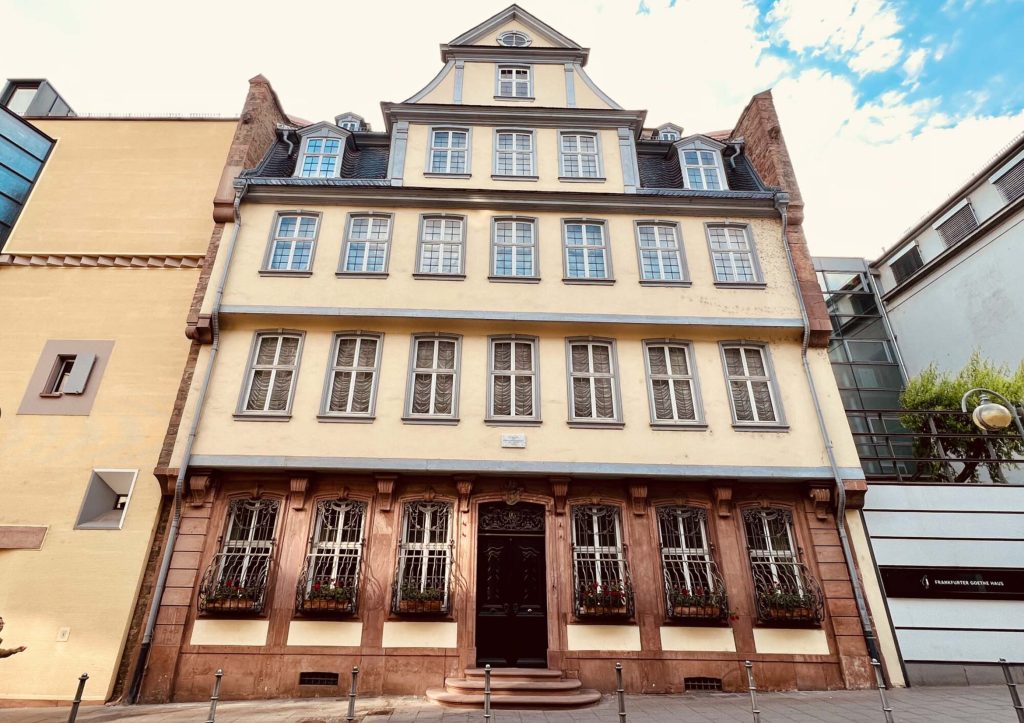
The house itself has been meticulously restored to reflect the life of an affluent 18th-century Frankfurt family. The wooden floors creaked beneath my feet as I walked through the rooms, each filled with period furniture, paintings, and artifacts that once belonged to Goethe’s family. The most striking was the writing room, where Goethe wrote some of his early works, including parts of Faust. I imagined him sitting at the desk by the window, looking out over the city, crafting words that would leave an indelible mark on European literature.
One of the highlights of the house is the Goethe Museum, adjacent to the residence, which houses a remarkable collection of paintings, drawings, and sculptures from the Goethe era. It offered a broader perspective on the intellectual and cultural environment in which Goethe lived and worked.
Alte Oper: A Testament to Resilience
The Alte Oper (Old Opera House) is not just a stunning architectural masterpiece, but also a symbol of Frankfurt’s resilience. Built in the late 19th century, it was one of Europe’s most important opera houses before it was destroyed in World War II. After lying in ruins for decades, it was finally rebuilt in the 1980s, and today it stands as a grand reminder of the city’s cultural heritage.
As I stood in front of its neoclassical facade, adorned with statues of famous composers like Mozart and Beethoven, I couldn’t help but feel a deep respect for the people of Frankfurt who fought to preserve this cultural icon. I didn’t attend a performance that evening, but just walking through the elegant foyer and imagining the operas and concerts that have graced its stage was enough to transport me to another era.
Palmengarten: A Green Oasis with a History
Frankfurt is not all about buildings and monuments; it also offers some beautiful green spaces, and one of the most notable is the Palmengarten, a botanical garden that dates back to the 19th century. I found this place to be a perfect respite from the urban bustle, with its lush landscapes, tropical plants, and serene lakes.

Walking through the different greenhouses felt like taking a mini world tour – from the African desert to the tropical rainforests of South America. The Palm House, with its towering palm trees and exotic flora, was especially captivating. It’s hard to believe that this serene garden has been a part of Frankfurt’s history for over a century, offering residents and visitors a peaceful escape from city life.
Recommended Street Food: Try the Frankfurter Wurst
No visit to Frankfurt would be complete without indulging in the city’s street food, and of course, the most iconic local snack is the Frankfurter Wurst. This long, slender sausage is traditionally served with mustard and a fresh bread roll. I found a food stall near the Hauptwache, where locals and tourists alike were lining up for a taste.
One bite into the juicy, flavorful sausage and I understood why it’s so beloved. However, when enjoying street food, it’s always wise to follow basic safety tips. Choose stalls with high turnover, ensuring the food is fresh, and keep an eye on hygiene practices like food handling and cleanliness.
Local Etiquette: Politeness and Punctuality
One of the most important aspects of travel is understanding and respecting local customs. In Frankfurt, as in the rest of Germany, punctuality is highly valued. I learned this firsthand when I arrived slightly late to a restaurant reservation. Though I was only 10 minutes behind schedule, the waiter gently reminded me of the importance of being on time. I made sure to be more punctual throughout the rest of my trip!
Another key aspect of German etiquette is politeness. Always greet people with a friendly “Guten Tag” and thank them with a “Danke schön.” I found that even small gestures, like holding the door open or addressing people formally (using “Sie” instead of “du”), went a long way in making my interactions smoother and more respectful.
Travel Planning and Budget Adjustments
When planning your trip to Frankfurt, be mindful of the city’s peak tourist seasons, which are typically in the summer months. Booking flights and accommodation in advance can save you a lot of money. I found that staying slightly outside the city center in districts like Bornheim helped me keep my budget in check, while still allowing easy access to all the main attractions via public transport.
In terms of insurance, I highly recommend purchasing travel insurance that covers both medical emergencies and trip cancellations. Though I didn’t need to use it on this trip, knowing I had coverage gave me peace of mind, especially when traveling internationally.
Frankfurt is more than just a business hub – it’s a city steeped in history, culture, and tradition. From the medieval charm of Römerberg to the cultural legacy of Goethe, and from the resilience of Alte Oper to the green serenity of Palmengarten, Frankfurt offers a walk through time that is both enriching and unforgettable. Whether you’re here for the food, the history, or the city’s welcoming vibe, Frankfurt has something for everyone.

